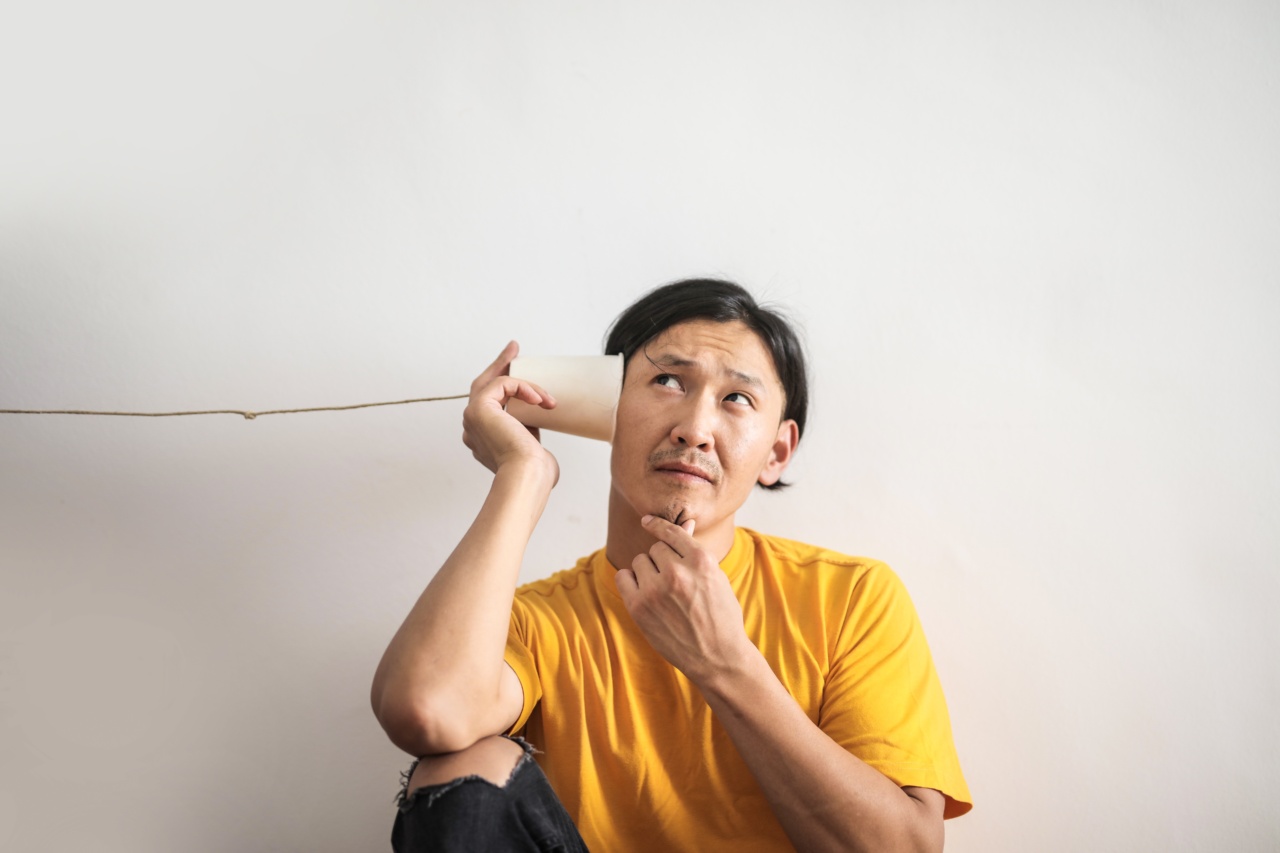When we think about prostitution, the first image that comes to mind is women selling their bodies for money. However, a lesser-known fact is that women have been paying for sex for centuries as well.
While the history of women buying sex is not as widely researched as that of men, there are several instances throughout history that demonstrate women’s participation in the trade.
The earliest records of women paying for sex
The earliest record of women paying for sex can be traced back to ancient Rome. Prostitution was a legal and an established industry in ancient Rome, and both men and women could participate in it.
According to historical accounts, Roman women used to visit brothels to fulfil their sexual desires, and they were not always discreet about it.
Prostitutes in ancient Rome were categorized according to their social and economic status. Some were slaves, while others were independent women who chose to enter the trade. These women charged fees based on their status and services offered.
While there is not much information on the number of women paying for sex in ancient Rome, the existence of brothels across the city suggests that women had access to the trade.
Women paying for sex in the Middle Ages
The Middle Ages saw the rise of the Christian church and the widespread belief that prostitution was a sin. However, this did not stop women from paying for sex.
In fact, during the Middle Ages, prostitution carried a certain degree of acceptance in society. While the trade was condemned by the church, it was widely tolerated by the ruling elite.
Women in the Middle Ages who paid for sex did so for various reasons. Some did it purely for pleasure, while others did it to secure political or economic favours.
In some cases, women paid for the sexual services of well-known courtesans who were seen as celebrities of their time.
The rise of female prostitution in the 19th century
The 19th century saw a significant increase in both male and female prostitution. However, it was during this period that female prostitution began to be seen as a social problem.
Women who engaged in the trade were often from lower social classes and were viewed as immoral and a threat to public health.
Despite this, there is evidence to suggest that women were still paying for sexual services during this period. In London, for example, there was a thriving male prostitution industry, and courtesans were a common feature of high society.
Women who paid for sex were not always prostitutes themselves but were often wealthy women seeking out discreet sexual encounters.
The modern-day landscape of female prostitution
Today, the sex industry is a global phenomenon that operates in various forms and has a significant impact on the lives of both men and women.
While it is difficult to estimate the exact number of women who pay for sex, some studies suggest that it is more common than we might think.
Modern-day women who pay for sex do so for various reasons. Some do it out of curiosity or as a way of exploring their sexuality. Others do it to fulfil a fantasy or to escape from their daily lives.
In some cases, women pay for sex as a form of revenge or as a way of exerting power over men.
Conclusion
The history of women paying for sex is an understudied area, but the evidence suggests that women have been participating in the trade for centuries.
While attitudes towards prostitution have changed throughout history, women have always found ways of accessing sexual services for payment. Today, the modern-day sex industry is an ever-evolving landscape, and it is likely that women will continue to be both buyers and sellers in the trade.


























